Market volume reached its peak in 2007 at € 56.618 bn - and a growth rate of 12.1 per cent in comparison to the previous year. The crash came in 2009 at not even € 45 bn. Since 2010 the market volume has settled down at around a value of slightly more than € 47.5 bn.
The largest single market is - no surprise here - Germany with a market share of 28 per cent in 2014. In the past year the German industry once again achieved growth of 2.7 per cent to around € 13.6 bn.
Included in these IFH statistics are the product groups mixing taps, other fittings, sanitary ceramics, plastic sanitary objects, steel baths, bathroom furniture, other bathroom equipment, shower partitions and sanitary engineering. Of these nine product groups, only two developed negatively in 2015: however sanitary ceramics did suffer a five per cent drop and, to a lesser extent, steel baths. Plastic products for the bathroom achieved the strongest growth.
Even though Germany is a very mature DIY market with customers who are very experienced in home improvement projects, DIY stores have comparably little importance in the distribution of sanitary products. As with many other product groups in the construction-related sector, trade dominates in selling these products: it accounts for around 70 per cent of sales turnover.
Trends in the sanitary market are not least influenced by developments in society which can be observed all over Europe. Important catchwords here are demographic development, which is leading to an increased demand in barrier-free bathrooms which are appropriate for the elderly, and also the generally increased value of living: for a long time now the bathroom has been developing from being simply…

 Menü
Menü




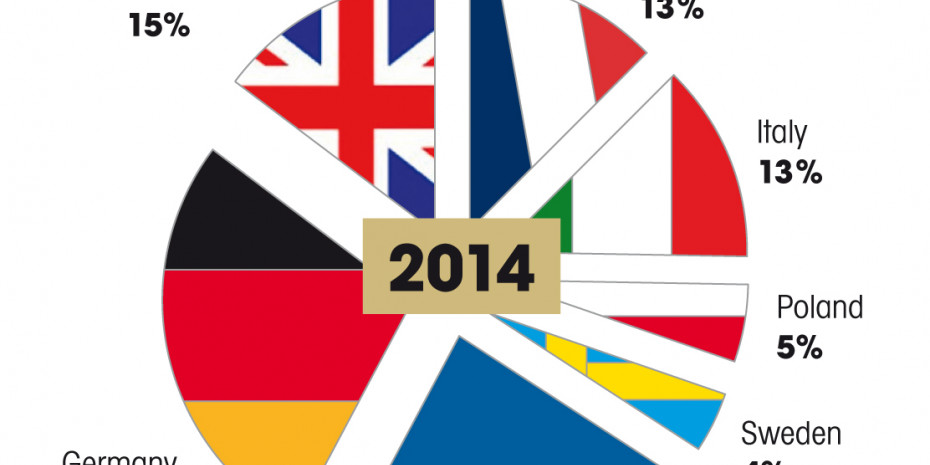




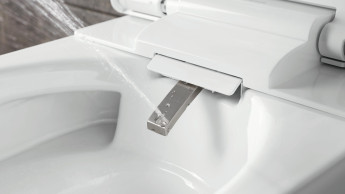


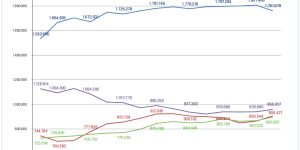
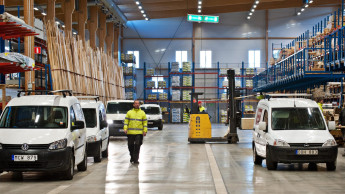
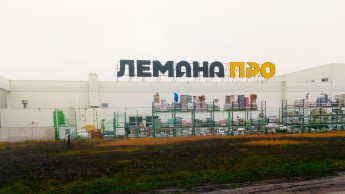
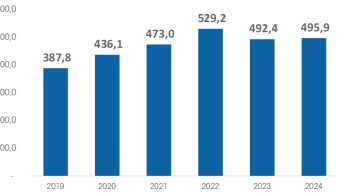
 Newsletter
Newsletter